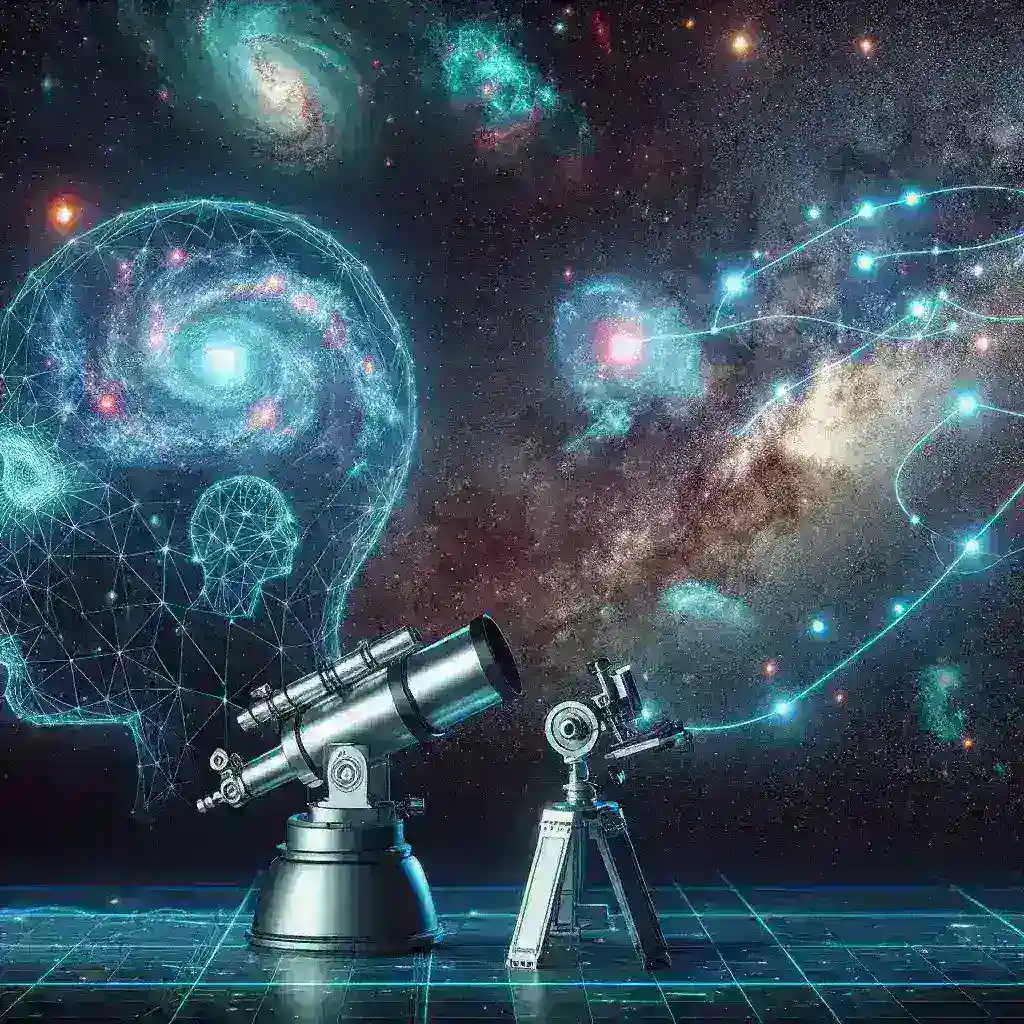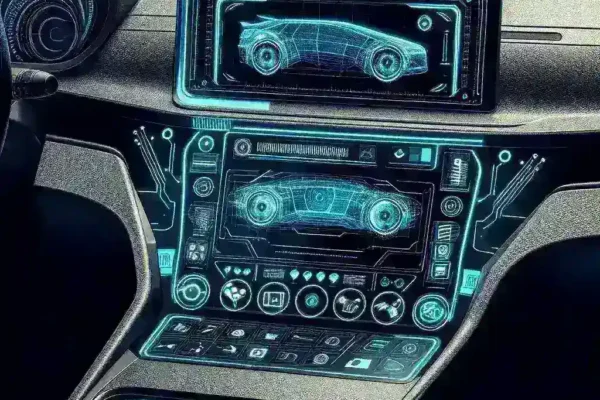Introduction
The cosmos has always intrigued humanity, and with advancements in technology, our understanding of the universe continually evolves. One of the most exciting frontiers in astrophysics today is the measurement of gravitational redshift across galaxy clusters. With the integration of artificial intelligence (AI) into telescope technology, researchers can observe and analyze cosmic phenomena with unprecedented precision. This article delves into the fascinating world of AI-enhanced telescopes, their role in measuring gravitational redshift, and the implications for our understanding of the universe.
Understanding Gravitational Redshift
Gravitational redshift is a phenomenon predicted by Einstein’s General Theory of Relativity, where light emitted from a massive object is stretched into longer wavelengths as it escapes the gravitational field. This results in a shift toward the red end of the spectrum, which can provide critical information about the object’s mass and the gravitational influences surrounding it. Gravitational redshift serves as a key tool in understanding the dynamics of galaxy clusters, enabling astronomers to infer distances, velocities, and the overall behavior of these cosmic structures.
The Role of AI in Enhancing Telescope Technology
Traditional telescopes, while powerful, often struggle with the vast amounts of data generated from cosmic observations. The introduction of AI into this field has transformed data analysis and interpretation. AI algorithms can sift through substantial datasets, identify patterns, and make predictions that humans may overlook. This is particularly useful for measuring gravitational redshift, where even minor shifts in light can yield significant insights.
Machine Learning Techniques
Machine learning, a subset of AI, employs algorithms that improve through experience. In the realm of astronomy, these techniques can be utilized to:
- Filter Data: AI can quickly filter noise from genuine signals, ensuring that only relevant data is analyzed.
- Classify Objects: Deep learning models can classify various astronomical objects, facilitating targeted studies on specific galaxies or clusters.
- Predict Outcomes: AI can assist scientists in predicting gravitational redshift based on initial observations, providing a basis for deeper investigation.
AI-Enhanced Telescopes: A New Era in Astronomy
AI-enhanced telescopes, such as the James Webb Space Telescope (JWST) and various ground-based observatories, utilize machine learning to optimize their observational capabilities. These telescopes are equipped with advanced sensors and software that allow for real-time processing of incoming data, leading to quicker and more accurate measurements of gravitational redshift.
Recent Developments
The last few years have seen significant advancements in AI-enhanced telescopes:
- Real-time Data Processing: Observatories can now process data as it comes in, enabling immediate analysis and the ability to focus on potential discoveries without delay.
- Automated Target Selection: AI algorithms can automatically select targets for observation based on previously established criteria, improving efficiency.
- Enhanced Imaging Techniques: AI applications in imaging allow astronomers to create clearer and more detailed images of distant galaxies, aiding in the study of gravitational redshift.
Measuring Gravitational Redshift in Galaxy Clusters
Galaxy clusters are the largest gravitationally bound structures in the universe, containing hundreds to thousands of galaxies. Understanding the gravitational redshift in these clusters is crucial for several reasons:
Insights into Dark Matter
Gravitational redshift measurements can help infer the presence and distribution of dark matter within galaxy clusters. Since dark matter does not emit light, its presence is often inferred through its gravitational effects on visible matter. By precisely measuring gravitational redshift, scientists gain insights into the mass distribution of dark matter within clusters.
Expansion of the Universe
Gravitational redshift is also key to understanding the expansion of the universe. As the universe expands, galaxies move away from each other, leading to redshift in their light. By measuring the gravitational redshift across various clusters, astronomers can better understand the rate of expansion and refine models of cosmic evolution.
Challenges and Limitations
While AI-enhanced telescopes present numerous advantages, challenges remain. The complexity of data and the need for precise calibration can hinder performance. Additionally, AI algorithms require large amounts of data to train effectively, which may not always be available.
Ethical Considerations
The use of AI in astronomy raises ethical questions regarding data privacy, ownership, and the potential for bias in algorithmic decision-making. As we move forward, it is essential to address these concerns to ensure that the technology benefits all of humanity.
Future Predictions for AI and Astronomy
The future of AI-enhanced telescopes and their application in measuring gravitational redshift looks promising. We can anticipate:
- Increased Collaboration: Increased collaboration between AI researchers and astronomers will lead to innovative solutions to complex astronomical problems.
- Improved Algorithms: As AI technology evolves, so too will the algorithms used in telescopes, resulting in greater accuracy and efficiency in data analysis.
- Expanded Observational Capabilities: Future telescopes will likely incorporate even more advanced AI capabilities, allowing for unprecedented exploration of the universe.
Conclusion
AI-enhanced telescopes represent a groundbreaking advancement in our quest to understand the universe. By measuring gravitational redshift across galaxy clusters, these innovative tools provide vital insights into the nature of dark matter, the expansion of the universe, and the intricate workings of cosmic structures. As technology progresses, the potential for new discoveries will only grow, paving the way for a deeper understanding of the cosmos and our place within it.



